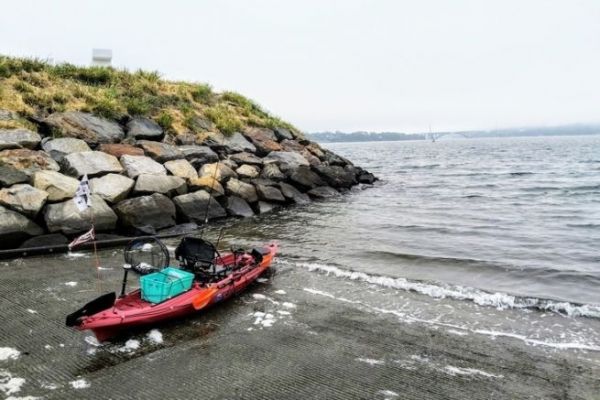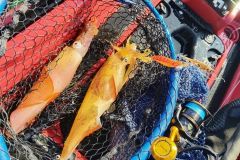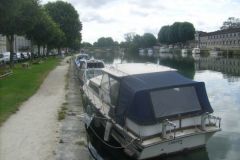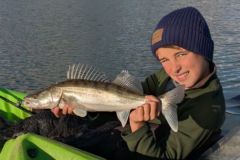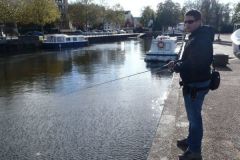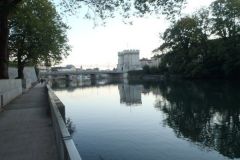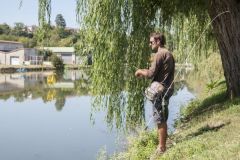Sailing school slipway
First of all, a simple and practical launch. Such is the case with this launch, located near Océanopolis, in front of the Bekayak store. This is the slipway of the French sailing school. Plenty of free parking, even for those with trailers. This slipway can be used whatever the tidal range, but only when the tide is at its highest. Be careful, though, as it's a bit slippery at the bottom of the slipway when it's fully uncovered.
There are also several water points with jets and showers, for rinsing your equipment or the angler, and here too it's free...
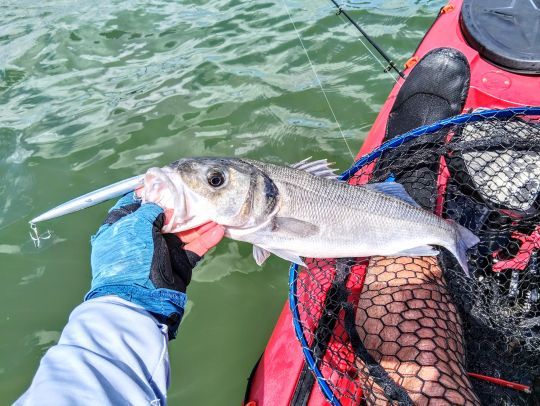
A fish-filled zone
This launch gives you several options for your session. I'll describe here the easiest one for beginners. From the launch, follow the riprap to your left. This will take you to the marina area, the Moulin Blanc beach, the swimming pool, the red sands and Plougastel's two bridges. This is a very fishy area, especially in summer, with many hunters, especially in the early morning and evening. Many species are present.
Bass, mackerel, horse mackerel, bonito, sea bream, Spanish mackerel, gurnard. In late autumn and early winter, cephalopods are abundant. On this session, sea bass were present, as well as numerous mackerel and horse mackerel. This is the realm of hard lures.
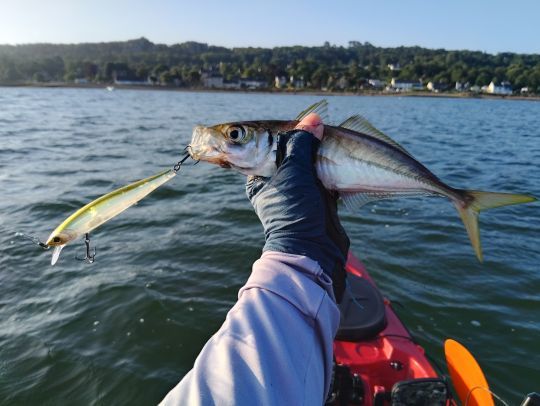
Try different swimming fish depending on the water height. I've had very good results with Yo Zuri's 3DB Jerkbait. I often mention it in my feedbacks. This lure operates in the 2 to 4-meter range and the choice of colors is important. I often hook my first fish as soon as I'm in the water, and the fish are very present in front of the slipway and along the riprap. Alongside the pool, on the sand, we often catch some nice gurnards, which don't hesitate to climb onto the swimming fish.
For those who prefer soft lures, the depths around the bridges drop to 20/22 metres. Here you'll find pollack, oldsquaw, sea bream and pike-perch. I've even caught sea bream on soft lures. They return to visit the parks located a little further up, towards Plougastel.
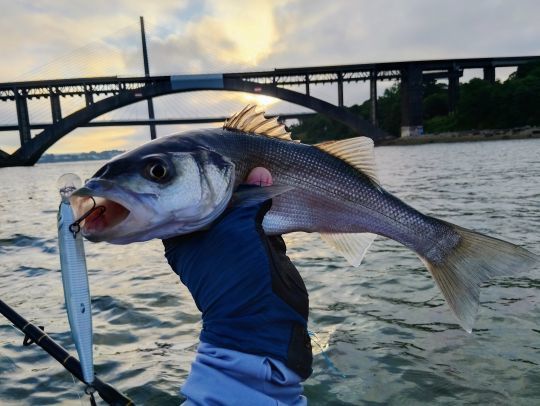
Once you've reached the bridges, you have two options: to the right of the working oyster beds, an excellent area for bass. Depending on the tide, surface lures work well. To the left is an anchorage area, with the navigation channel. Again, this is an excellent area, either with the edge option, or the under-hull option.
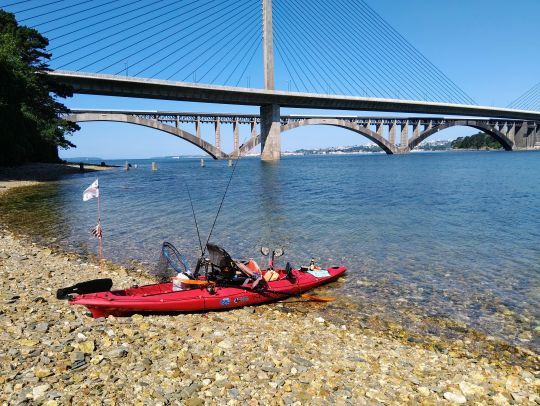
We continue our navigation and arrive at the passage between Le Relecq Kerhuon and Plougastel, where there used to be a ferry, hence the name. We then come to a new park area on the right and a new mooring area on the left. When you arrive at the St Nicolas pyrotechnics site, go to the opposite bank, on the park side. As the pyrotechnics area is a military zone, they don't like boats getting too close. You can also go as far as the St Jean chapel on the Plougastel side. On these bends, in summer, bonitos come to hunt for fodder, blocked by the current and the rising seabed, a privileged area...
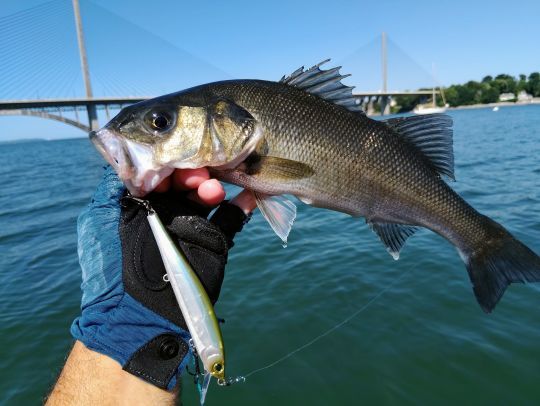
Taking the tide into account
Take advantage of the tidal currents to tame this area. Let yourself be carried along by the rising tide and return to the start with the falling tide. Tides up to coefficient 70 are comfortable, but beyond that you'll need a bit of stamina to get away from the edges. In the video at the end of this article, I show you some of these spots, which are easy to start out in and well stocked with different species. Ideal for trying out different fishing techniques. A major advantage for beginners is that the banks are never far away and, above all, accessible for landing, which is good to know in case of trouble.

 /
/ 